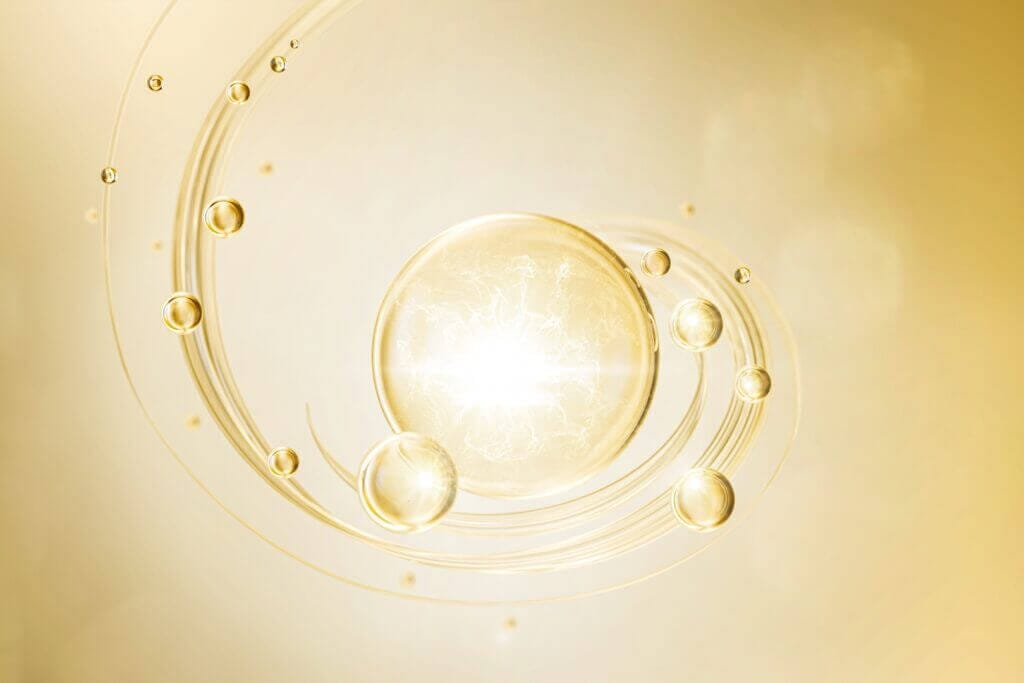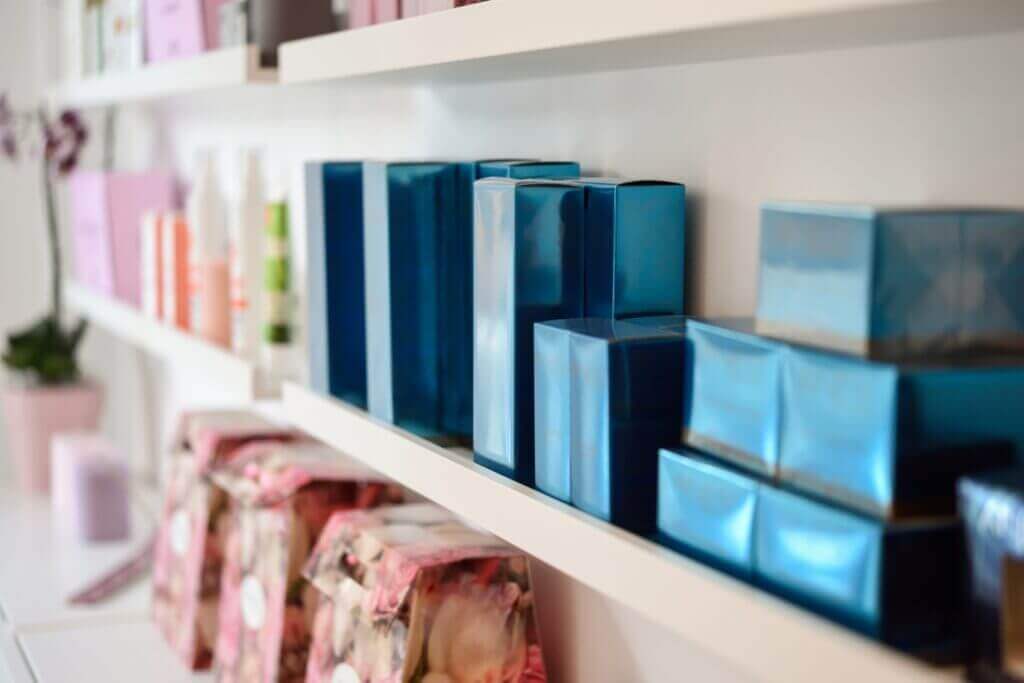
In the world of skincare, regulations play a crucial role in ensuring product safety and efficacy. Understanding these regulations is essential for both consumers and manufacturers. This article delves into the regulatory frameworks of the European Union (EU) and the United States (USA), highlighting the key differences and their implications for the clean beauty industry .EU vs USA cosmetic regulations drastically differ. Let’s explore.

When comparing the regulatory frameworks of the EU and the USA, it is important to understand the foundational principles and authorities that govern cosmetic products in each region. This includes specific regulations, oversight bodies, and key requirements that shape the cosmetic industry in both the EU and the USA.
The EU Cosmetic Regulation (EC) No 1223/2009 sets the standard for cosmetic products in Europe. This regulation ensures that all products are safe for human use BEFORE they reach the market. The European Commission and the European Chemicals Agency (ECHA) oversee the implementation and enforcement of these regulations. The regulation covers various aspects, including product safety, labeling, and the prohibition of animal testing. It mandates that manufacturers conduct a thorough safety assessment of their products, which must be documented in a Cosmetic Product Safety Report (CPSR).
In the USA, the Federal Food, Drug, and Cosmetic Act (FD&C Act) governs cosmetic products while the Food and Drug Administration (FDA) maintains responsibility for ensuring that cosmetics are safe and properly labeled. Unlike the EU, the USA does not require pre-market approval for most cosmetic products, except for color additives. The FD&C Act focuses on post-market surveillance, where the FDA monitors products once they are available to consumers. Manufacturers are responsible for ensuring the safety of their products, and the FDA can take action only if products are found to be unsafe or mislabeled.

The approach to ingredient bans and restrictions varies significantly between the EU and the USA. The EU takes a precautionary approach, banning or restricting over 1,400 substances in cosmetic products. This proactive stance aims to prevent potential harm before it occurs, with the comprehensive list of banned and restricted ingredients regularly updated based on new scientific evidence and technological advancements. This approach reflects the EU’s commitment to consumer safety and environmental protection.
The same cannot be said for the USA, where there is a more reactive approach, with only around 30 substances banned or restricted. Regulatory actions are typically based on scientific evidence of harm. The FDA relies on manufacturers to ensure the safety of their products and only intervenes when there is evidence of adverse effects. This approach allows for greater flexibility but may result in slower responses to emerging safety concerns.

Several ingredients banned in the EU are still commonly used in skincare, beauty, and cosmetic products in the USA. This is despite the fact that there is significant research pointing to detrimental risks with their inclusion and use in such products. Here are some notable examples:
1. Formaldehyde: Though commonly found in nail polishes, nail hardeners, and hair-smoothing treatments in the USA, formaldehyde is banned in the EU due to its carcinogenic properties and association with respiratory issues.
2. Hydroquinone: While commonly used in skin-lightening products in the USA, hydroquinone is banned in the EU in concentrations higher than 1% due to its potential to cause skin irritation and its possible carcinogenic effects.
3. Triclosan: An antibacterial agent commonly found in soaps and toothpaste in the USA is banned in the EU for being an endocrine disruptor that can lead to hormonal imbalances.
4. Lead: Found in some lipsticks and hair dyes in the USA, lead is banned or regulated in the EU due to its neurotoxic effects and links to reduced fertility.
5. Parabens (e.g., Propylparaben, Butylparaben): Widely used as preservatives in cosmetics in the USA, parabens are banned in the EU due to concerns about their potential to disrupt hormones and cause reproductive issues.
These ingredients are banned in the EU due to their potential health risks, which include carcinogenicity, hormone disruption, and other adverse effects. The EU’s precautionary approach aims to protect consumers by preventing exposure to these harmful substances.

In the EU, safety assessments are mandatory for all cosmetic products. Each product must have a Cosmetic Product Safety Report (CPSR), which includes stability, microbiological, and challenge tests to ensure safety under normal and reasonably foreseeable conditions. Additionally, the EU requires manufacturers to conduct a risk assessment for each ingredient used in their products.
These requirements drastically differ in the USA, where manufacturers are responsible for ensuring the safety of their products, but there is no mandatory pre-market approval except for color additives. The FDA encourages safety testing, but it is not a legal requirement, leading to variability in the level of safety testing between different products and brands.

In the EU, labeling requirements are stringent, including detailed ingredient lists, warnings, and claims. Labels must feature the name and address of the responsible person, the nominal content, the date of minimum stability, and any precautions for use. Claims must be substantiated by scientific evidence, and terms like “organic” or “natural” are regulated to prevent misleading consumers.
In contrast, the USA’s labeling requirements, governed by the FD&C Act and FTC guidelines, are more flexible. Labels must include the name and address of the manufacturer or distributor, the net quantity of contents, and a list of ingredients in descending order of predominance. While claims must be truthful and not misleading, there is more leeway compared to the EU.

The EU relies on national authorities for market surveillance to ensure compliance, with procedures for reporting adverse effects and recalling products if necessary. The RAPEX system (Rapid Exchange of Information System) facilitates the rapid exchange of information about dangerous products between member states, ensuring unsafe products are quickly removed from the market. This system is crucial for consumer protection as it helps to prevent the marketing or use of consumer products posing a serious risk.
In the USA, the FDA conducts post-market surveillance and can take enforcement actions if products are found to be unsafe. The Voluntary Cosmetic Registration Program (VCRP) allows manufacturers to register their products with the FDA, aiding in monitoring the safety of cosmetic products and gathering information about ingredients used in cosmetics.

The EU’s stringent regulations provide consumers with a higher level of safety assurance. A comprehensive list of banned and restricted ingredients, along with mandatory safety assessments, ensures that products on the market are less likely to contain harmful substances. This proactive approach empowers consumers to make safer choices, as they can trust that products have undergone rigorous testing and evaluation.
In the USA, the responsibility for ensuring product safety largely falls on manufacturers, allowing for greater innovation and flexibility. However, this means consumers need to be more vigilant. The FDA’s post-market surveillance and the VCRP provide some oversight, but consumers often rely on brands’ transparency and third-party certifications to make informed choices, leading to variability in product safety and quality.

Several products and ingredients banned in the EU are still allowed in the USA, highlighting the EU’s commitment to consumer safety. For instance, certain preservatives and colorants face stricter regulations in Europe. These differences can impact consumers directly, as products sold in the EU are often reformulated to meet higher safety standards. For example, the preservative methylisothiazolinone is banned in leave-on products in the EU but is still permitted in the USA. This means that consumers in the EU are less likely to be exposed to potentially harmful substances, ensuring a higher level of product safety.

The stringent EU regulations align well with the principles of clean beauty, which prioritize safety and transparency. Consumers seeking clean beauty products can trust that those meeting EU standards are free from harmful substances and have undergone rigorous safety assessments. Botanical skincare companies often find it easier to comply with EU standards due to their focus on natural and non-toxic ingredients. This means that consumers in the EU have access to safer, more transparent products, while those in the USA may need to be more vigilant about product safety and labeling.

For consumers, understanding the regulatory differences between the EU and the USA is crucial. The EU’s proactive approach ensures higher safety standards, providing consumers with greater assurance that the products they use are safe and free from harmful substances. In contrast, the USA’s reactive stance allows for more flexibility but places more responsibility on consumers to be vigilant. By choosing products that meet EU standards, consumers can make safer, more informed choices, benefiting from the EU’s consumer-focused safety approach.
While Potency No. 710 products are proudly made in the USA, we also value the consumer-first mentality of EU regulations and strive to adhere to EU quality standards. Our full body luxury moisturizer, Higher Good has passed an 18-month EU stability test. This test ensures the product’s safety under normal and reasonably foreseeable conditions over the period of 18-months. Additionally, none of our products are formulated with any of the 1,400+ banned ingredients in cosmetics in the EU as consumer safety is also our top priority.

Our Gold Serum has received the Quality Verified seal of approval from the Physician’s Cannabinoid Council (PCC) with our Higher Good luxury moisturizer next in the pipeline for approval. The PCC’s “Quality Verified” seal is a mark of trust and credibility, indicating that our products undergo rigorous testing to evaluate the potency, purity, and safety of the cannabinoids used. This certification provides consumers with confidence, knowing that this product is backed by a trusted third-party organization composed of physicians and medical experts.
Speaking of cannabinoids, we believe in full transparency, which is why all our cannabinoid products come with third-party COAs. These certificates are readily available on our product pages for consumers to review. The COAs provide information such as the cannabinoid content as well as the absence of harmful contaminants such as pesticides, heavy metals, and solvents. Third-party testing ensures that our products are independently verified for quality and safety, giving consumers peace of mind.

All Potency No. 710 products are manufactured in GMP-certified facilities using the highest quality botanical ingredients. GMP (Good Manufacturing Practices) ensures that products are consistently produced and controlled according to quality standards, minimizing risks such as contamination, mix-ups, and errors, ensuring that consumers receive safe and effective products. GMP regulations require strict hygiene and cleanliness standards, reducing the risk of harmful substances in products, which is crucial for products that are ingested or applied to the skin.
Products made in GMP-certified facilities are reliable in their performance and consistent in their active ingredient composition, building consumer trust and confidence in the brand. Adhering to GMP standards means compliance with international regulations, which is important for consumers who are conscious of the quality and safety of the products they use. GMP stands for Good Manufacturing Practices, a system that ensures that manufactured products, such as food, cosmetics, and pharmaceutical goods, are consistently produced and controlled according to set quality standards. GMP covers all aspects of production, from the starting materials and premises to the equipment and training of staff. By choosing products made in GMP-certified facilities, consumers can be assured of the highest quality and safety standards.
We believe in the power of a picture and that is why we let our before and after photos speak for themselves rather than making claims. Nature is a powerful force and when you can bottle the essence of it with the highest intentions, magical things just naturally happen. It’s something you just have to experience yourself.